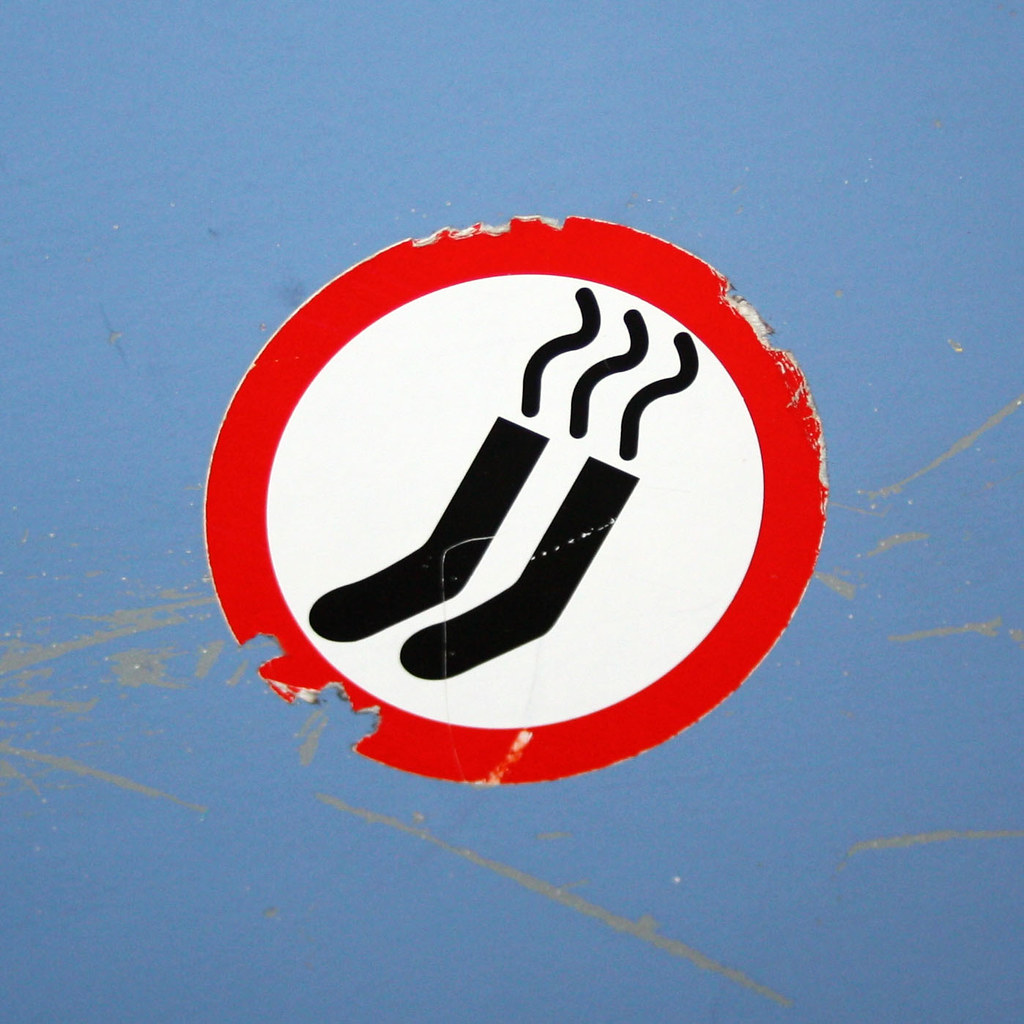(TopTrending Friday is taking a break for today and is being replaced by the popular Scientific Sunday series!)
Nanotechnology
Nanotechnology
Over the past
1000 years, our knowledge, technology and civilization had sky- rocketed. Our
lifestyle has since greatly improved- from safety to transportation and
communication. Many inventions of the past were revolutionary, and has massive
contribution to society and humanity till now. Take for example the printing
press, the light bulb, the Internet and many more to go. Many
people think these, what we are having right now is essentially the peak, and
anything above that is only science fiction. But is it true that we are at
the top of possible technology already? To be honest, I don’t know where the
boundary of possible technology is, but there is one thing I am certain about -we
cannot be at the top without this potentially revolutionary technology:
Nanotechnology. So what exactly does the word nanotechnology mean? The term nano, is a unit of measurement for
very very small things. So small that humans can't see it with the naked eye. To put
that in perspective, one centimeter is about 1 million nanometers.
Nanotechnology first came about as an idea in 1959, but not until 1980 was the
first nanotechnology-based machine made, the scanning tunneling microscope.
How can such
technology benefit us you ask? Well, there are in fact countless ways that it
can. By filling nanotubes with titanium oxide and applying them to cotton, you
can create T-shirts that blocks ultraviolet rays. Fill nanorods with gold, and
you can develop a therapy that affects only cancer cells, leaving healthy cells
alone. The nanotube's carbon membrane can dramatically improve water purification
systems. For now, nanotech is still unheard of by many, but I believe that if we put
extra effort in developing nanotechnology, in less than a few decades, people
will be using smart phones which batteries last twice as long, using windshields that won’t fog and wearing clothes that never get smelly.
Nanotechnology has the potential to contribute to nearly every aspect of our
lives.
Quantum Mechanics
Before we
could work with nanomaterials, we have to understand them. Thankfully, brilliant physicists have came up with
Quantum Mechanics (it employs mathematics to predict the behavior of very small
units of energy and matter). The two most important scientist for Quantum Mechanics
are Max Planck (who in 1900 stated that light was made up of specific”quanta”s of energy) and Niels Bohr (who stated a theory of how an atom works in 1922). These were
good theories, but theories are ought to be proven by direct experiments before
we can say they are true. It was tough for them because atoms were too small
to observe. Finally, about 60 years later, it can be proven when physicists
Gerd Binning and Heinrich Rohrer developed the first working scanning tunneling
microscope. The microscope could actually see individual atoms!
Odor Reducing
Fabrics
Tired of
smelly socks? Nanoparticles of silver can take care of that problem for you, so you don’t have to worry about those anymore! Researchers at
the Southern Regional Research Center, operated by the U.S. Department of
Agriculture’s Agricultural Research Service, are working on a method to inhibit
microbial growth in cotton. Using minute silver particle ranging from two to
six nanometers in size, this method can be applied to all cotton fabrics. The
silver acts as a catalyst and has a finely tuned germicidal effect: it kills
unwanted, odor-producing bacteria.
Fact: Humans have been using silver to fight infections for over 6000 years. Even modern
hospitals still value naturally occurring silver nanoparticles to help clean dangerous bacteria, and kill ”superbugs” resistant to traditional
antibiotics.
 |
| With this, we definitely won't be seeing these kind of signs around! |
Flexible LED
Displays
If you are
the kind of person that often drops your phone or tablet and cracks the screen,
then I have a great news for you, the flexible OLED display. OLED stands for
organic light display screens, and researchers are investigating methods of
creating OLED displays that could be flexed but doesn’t crack or break. Not only will the screens be much lighter in weight, they would also be able to provide
high-definition displays, and would require less energy, allowing your phone to
last twice as long. Flexible displays will allow users to roll up or fold their
electronic devices, making it convenient for keeping. In order to compete with current
displays, the OLEDs will need to be highly conductive, transparent and
flexible. Several alternative ways to achieve the goal are now under
development. Though the price tag remains high...
A few of the
methods are, using silver nanowires that are deposited on plastic sheets, using sheets of Metallica-Carbon nanotubes, and also Grapheme, a one-atom-thick
carbon matrix. University of Arizona has also manufactured a flexible OLED using
advanced mixed oxide-thin film transistors. The Korean electronics company Samsung
is too, developing a version of flexible OLED using plastic, and Sony Corporation is
developing a version that uses an organic transistor.
Saving Lives
Cancer, is a deadly sickness that kills countless people. For centuries, people have
tried to find the ultimate cure for cancer, and now there is a way. Imagine
being injected with nanorods containing gold that target only cancer cells. In
a process developed by researchers at MIT, the University of California, San
Diego, and UC Santa Barbara. The gold nanorods are absorbed by healthy blood
cells. However, blood cells within a tumor are leaky and allow the nanorods to enter
the tumor, where they build. An infrared laser heats the tumor cells, and this
heat causes them to release a specific protein. Molecules of chemotherapy are
inserted and, thanks to the nanorods, they attach themselves to the tumor cells.
Instead of every cell receiving this treatment, healthy cells are undisturbed and side
effects are reduced.
Self-Cleaning
Glass
Nowadays most
modern commercial buildings are covered in glass. It looks better and saves
light electricity. But there’s one major disadvantage: cleaning all that glass will
cost time and money. Fortunately, nanotechnology solves this, the glass is
coated with a thin film of Titanium Dioxide, which reacts with sunlight to break
down dirt on the glass. Next, the rain will do the washing!
Water and Air
Purification
Scientist
have discovered that nanotube carbon membranes have an equal or faster flow rate
in purifying water than traditional filters. The nanotube membranes can filter
and remove everything from oil and microorganisms to viruses and organic
containments. Nanotech filters also cost less and are easier to clean. Gold
plays an important role in air purification system, energized gold
nanoparticles can destroy airborne pollutants such as volatile organic
compounds.
Thanks for
reading

















